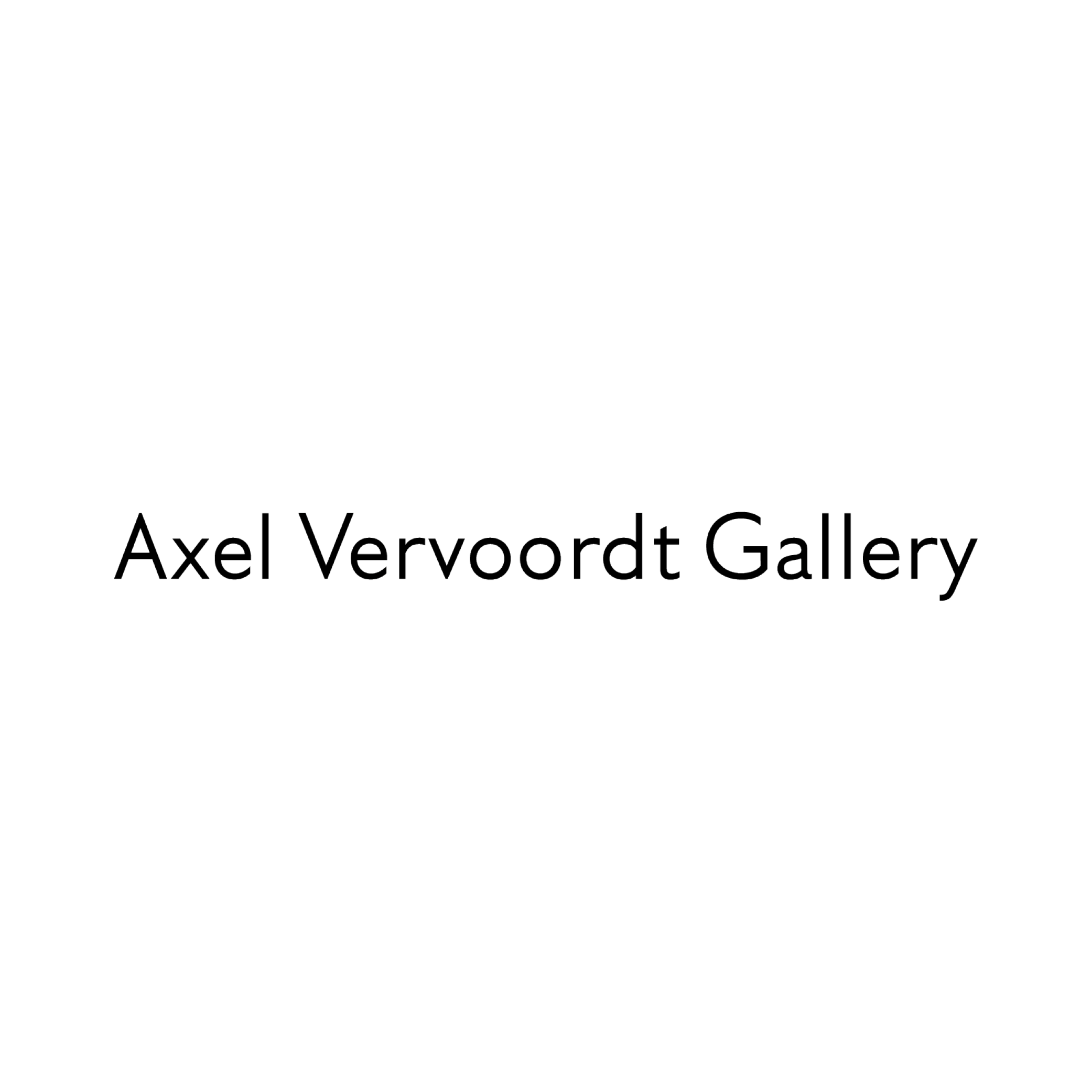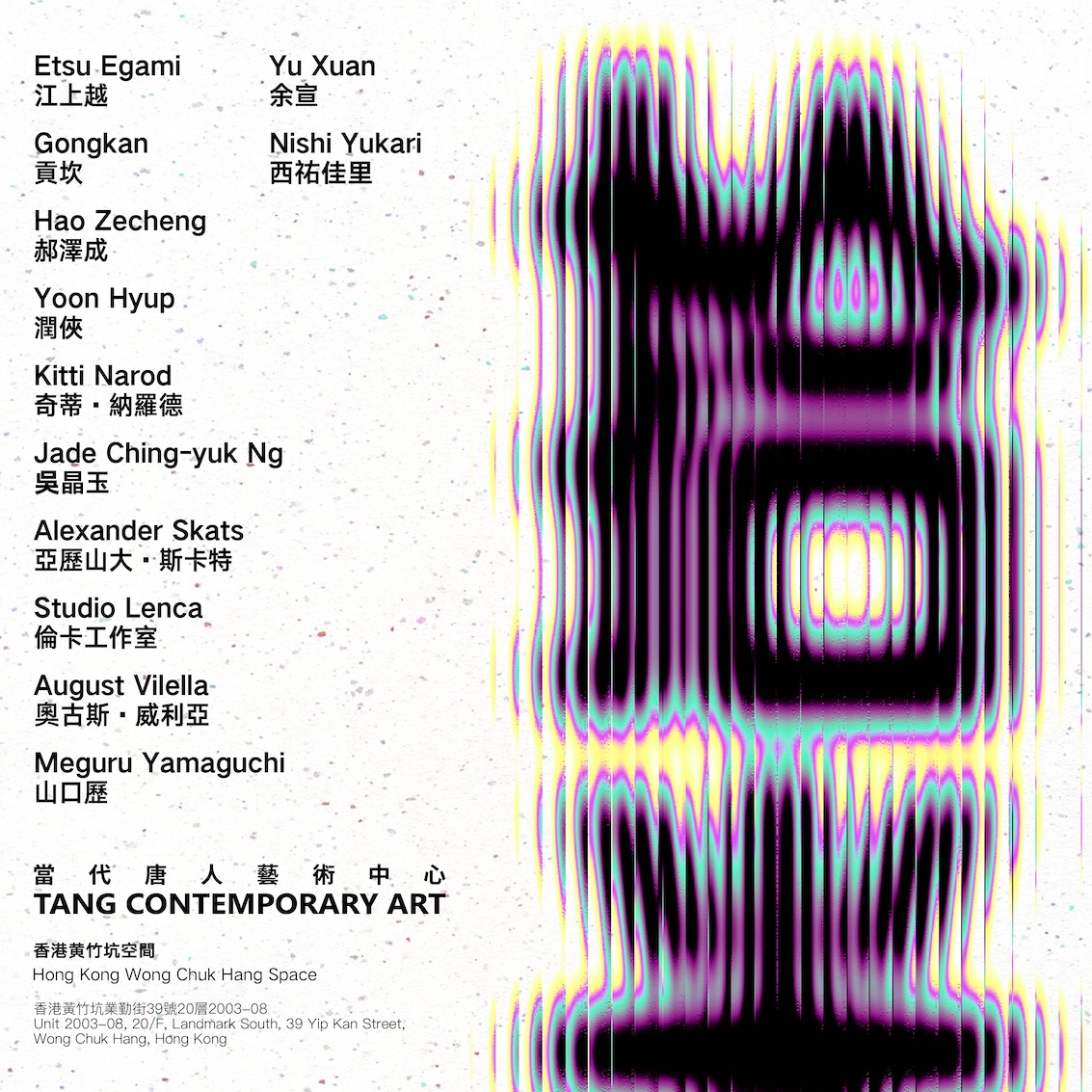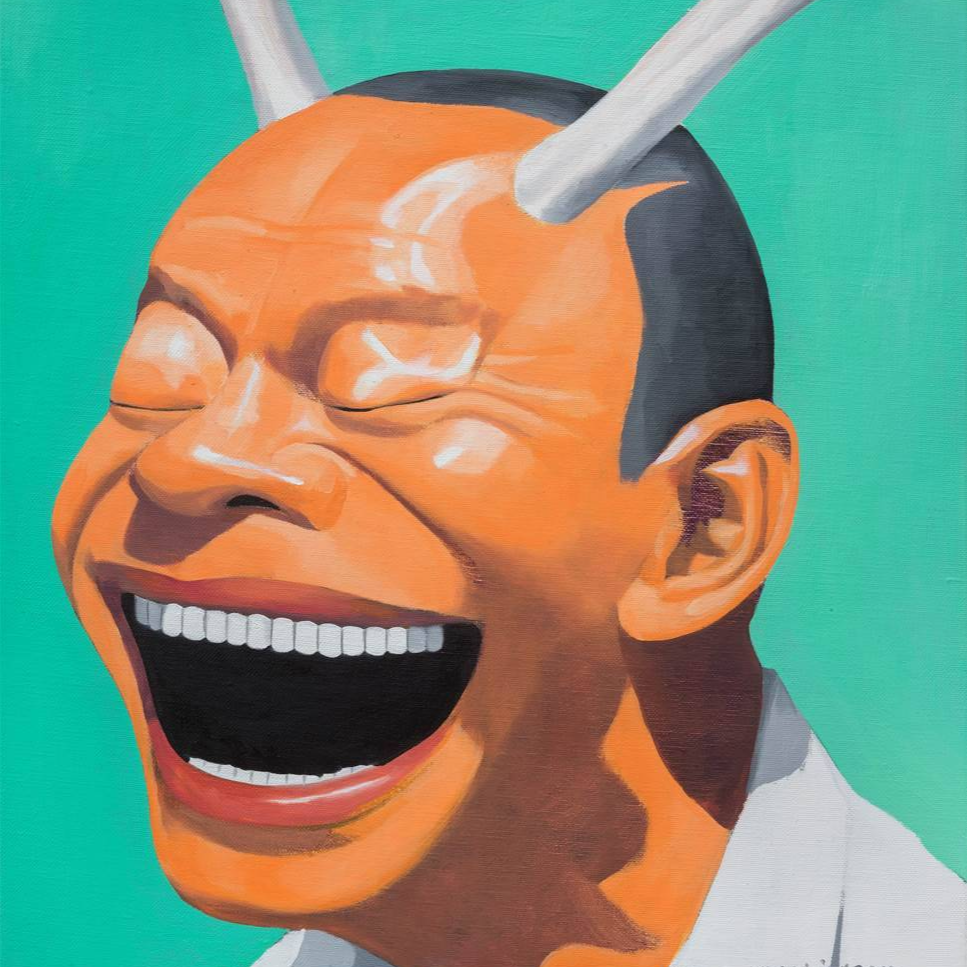Axel Vervoordt Gallery is pleased to present Visions of Continuity, a group showcase featuring the work of six artists across various mediums, including Kimsooja, Ryuij Tanaka, Sopheap Pich, Peter Buggenhout, Waqas Khan, and Bosco Sodi. The artists offer a diverse range of narratives that delve into the interconnectedness of society, nature, and community. Each artist's blend of individual and collective expression evokes memory, history, space, and spirituality, offering a fresh and intriguing take on the world around us.
Multidisciplinary artist Kimsooja (b. 1957, Daegu, South Korea) explores the condition of humanity while engaging in issues of politics, the environment, and the role of women in society. “Thread Routes" (2010-19) is the first 16-mm film series by the artist and is the focal point of this group exhibition. The nine-year project comprises six chapters, filmed in various countries, including Peru, Europe, India, America, China, and Morocco, demonstrating how common performative elements of weaving bring together unique and distinct textile cultures. The framework of the chapters, acting as an investigation of the relationship between community and textiles, architecture, nature, and agriculture, is enhanced by meditative and non-narrative elements transcending space and time, plunging the viewer into visual anthropology. In June 2024, Kimsooja received the Fukuoka Arts and Culture Prize. Her artistic techniques offer a sweeping view of the universal truths, highlighting the world's harmony and balance despite separation and conflict.
Waqas Khan's (b. 1982, Akhtarabad) works encompass an infinite spectrum of scale, from the macro level, with inspiration originating from light, the cosmos, and the void, to the micro-level of biomes and the element of primordial beings. His minimalistic, white-on-white drawing “Tabula Rasa" (2023) shows this intuitive logic. The work consists of thousands of lines that together encompass the unique composition. His attitude toward his meditative and meticulous drawings resonates with the Chinese calligrapher, Shitao, whose artistic philosophy from the Qing Dynasty proclaims that each stroke should reflect an artist's moral cultivation. Each brushstroke—or, in Khan's case, line—symbolises the entirety of the universe that the artist used to achieve spiritual nourishment as the connection from mind to hand, hand to pen, and pen to paper is made. Having grown up in rural Pakistan, Khan's drawings reflect individual and communal history and memories and invite the viewers to perceive something primordial through a unique sensory experience of space.
Sopheap Pich (b. 1971, Cambodia) weaves elements of traditional and contemporary society in his works, creating a bridge between the past and the present. His use of materials such as recycled bamboo and aluminium in “Anon no.3" (2023) is a striking example of this. Pich's grid-like structures, reminiscent of a net, are created through a repetitive and meditative process that reveals intricate sculptures. The volume and transparency in his works coexist in a gentle harmony, evoking memories of Cambodia's history. Despite the bitter history of Cambodia under the Khmer Rouge, Pich's labour-intensive and process-oriented works act as a testament to overcoming tragedy. They serve the fundamental act of connecting past and present, ultimately creating something new, just as Cambodia has done as it forges its future.
Pich holds absolute trust in the materials he engages in. Similarly, artist Peter Buggenhout (b. 1963, Dendermonde, Belgium) investigates materiality through sculptures consisting of recontextualisations and compositions of residues of found objects and industrial waste. His meticulously controlled and constructed sculptures reflect the complexity of existence without symbolism or narration. His works are extreme, oscillating between transience and decay, seen and unseen, beauty and grotesque. Although he started as a painter, Buggenhout changed his practice to sculpture. He sought substantial object autonomy, and sculpture was the best medium for realising his ruminative but realistic views of the current world. In the wall-mounted sculpture “On Hold #25" (2023), the surfaces serve as the first contact, provoking reflection purely through their materiality, devoid of the artist's visible hand. This September, Buggenhout's large-scale and wall-mounted sculptures from the “The Blind Leading the Blinds" series will be presented at the 15th Gwangju Biennale in South Korea.
In the reconstruction of Japanese society from a clean slate in the 1950s and ‘60s, a new form of visual language and action-oriented performance emerged as the principles behind the Gutai movement. Ryuji Tanaka (1927 – 2014, Japan) was a part of the movement and uniquely incorporated the traditional nihon-ga (Japanese style painting) technique with beautiful abstractions inspired by nature. The works' distinct feel and organic nuance can be attributed to the natural materials (ores, animal glue) used in nihon-ga. One of the artist's most memorable trips throughout his artistic life was a cultural exchange visit to Beijing, China, at the beginning of the 1980s. Tanaka was highly impressed with the spontaneity found in Chinese landscape ink due to masterful techniques and refined spirituality. As depicted in “Untitled" (1993), Tanaka's works have become freer and more effortless since the 1980s and embraced the field of emptiness. Tanaka's extensive survey of works from the 1960s to the ‘90s is on view at a solo exhibition in our Antwerp gallery until December 2024.
Bosco Sodi's (b. 1970, Mexico City, Mexico) works reflect on the appreciation of nature and the principles of Gutai through their chance-driven investigation of materiality. Here in the exhibition space, his vividly coloured large-scale paintings and golden volcanic rocks are presented. Cracks in the materials evoke fissures in the earth and solidified magma as Sodi embraces and enjoys the uncontrollability of Earth's climate and human society. Sodi collects the materials he engages with from his native country, Mexico. He incorporates Japanese ceramic glazing techniques to enhance the vividity of the colours. The volcanic rocks and lush green, a nod to Hong Kong's Wong Chuk Hang area, remind us to “be in the moment” despite the clashing of the industrial and the eternal. While the artistic experimentation of process and materiality dominate Bosco's works, once hung in the space, the viewers must use their creativity to explore them. In November 2024, Sodi's first exhibition in China will be held in the HE Museum in Foshan, China.





